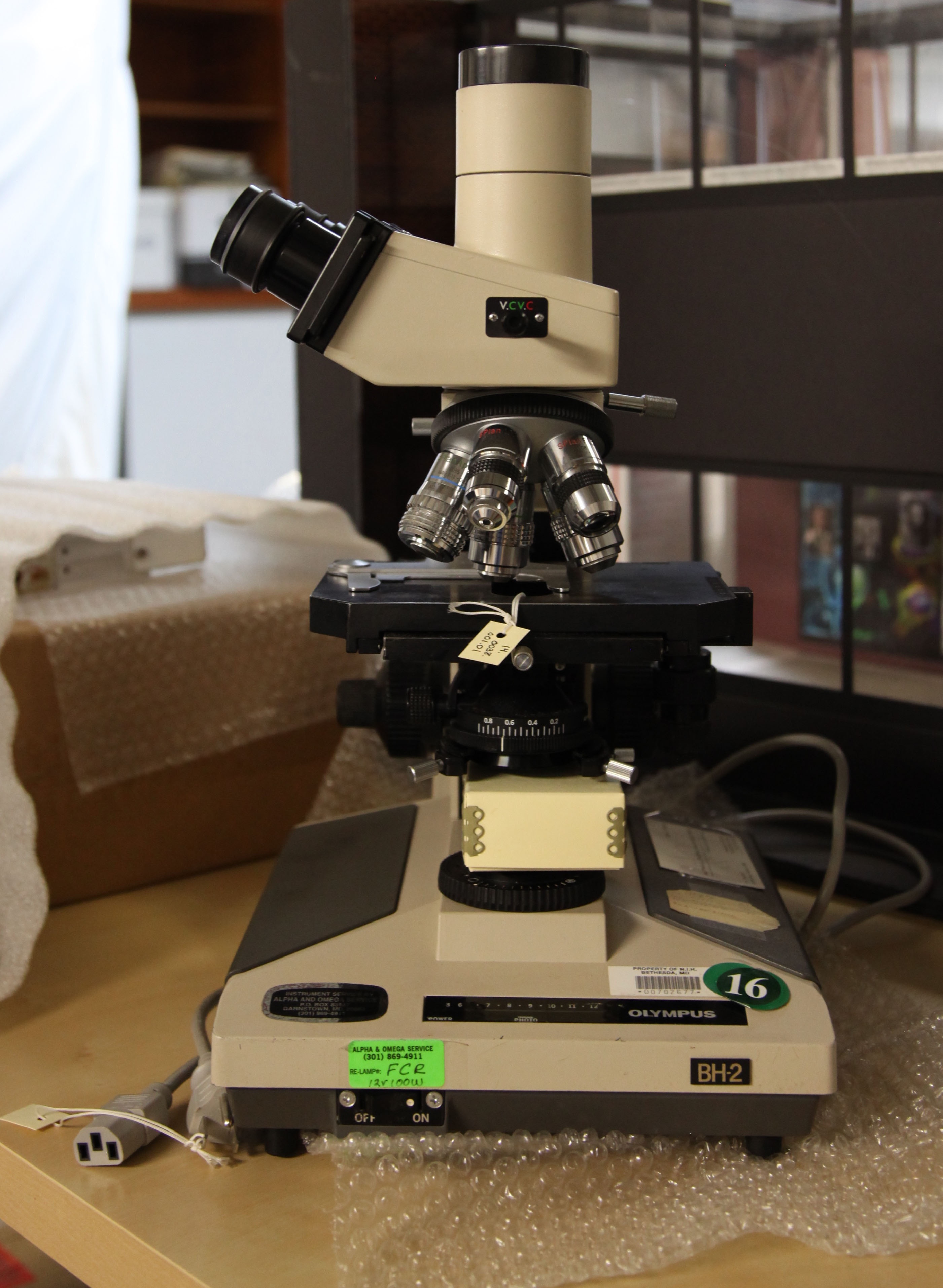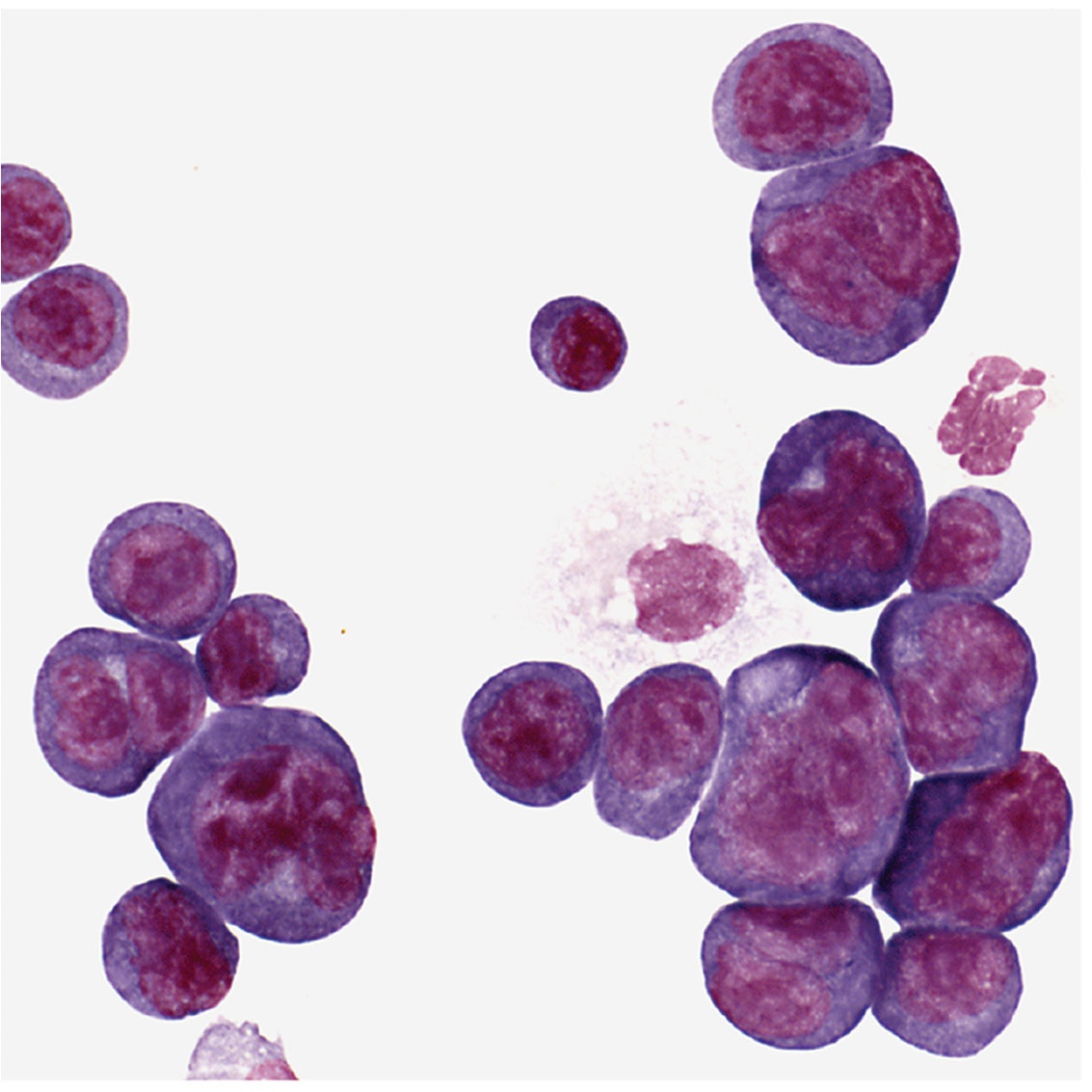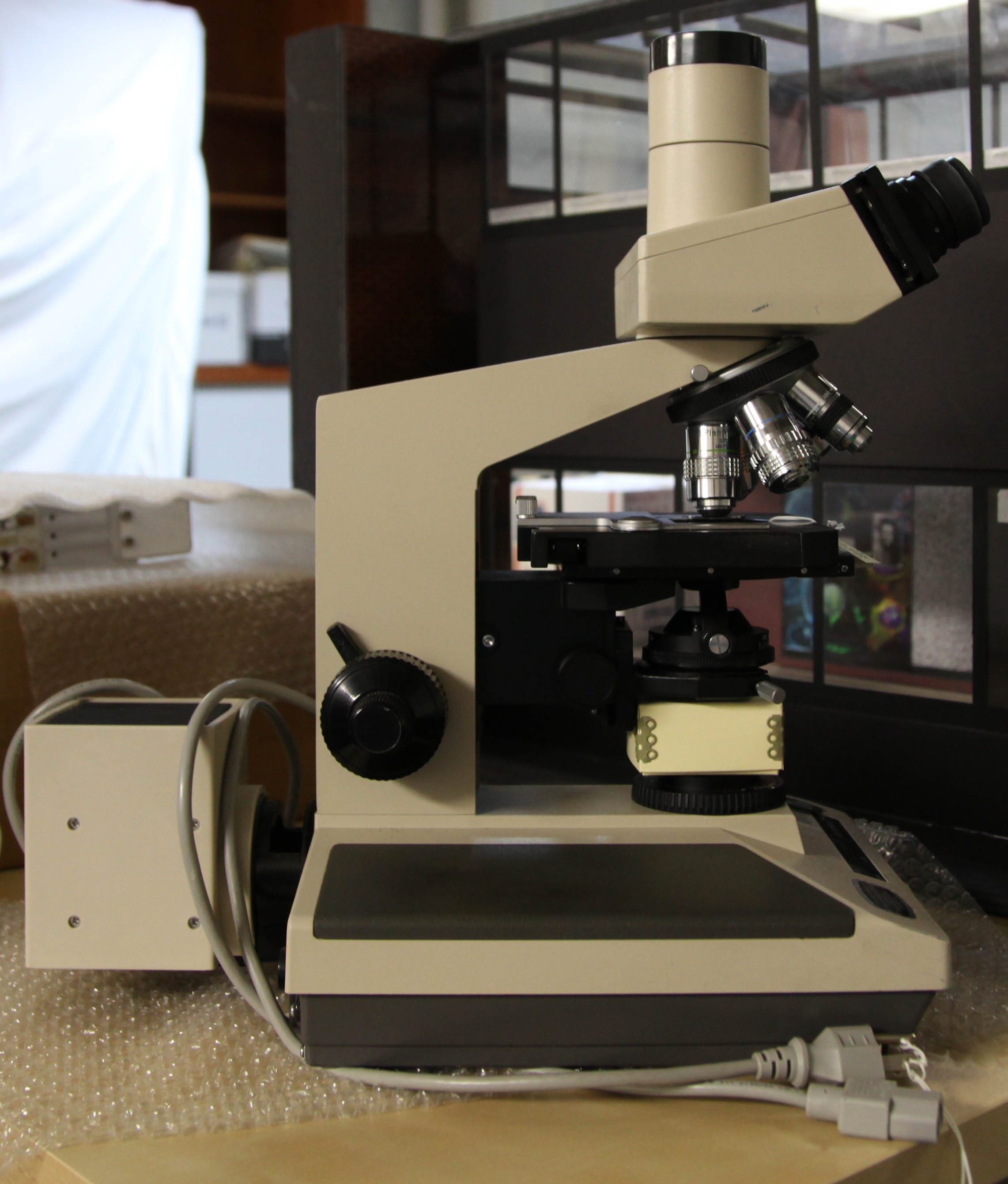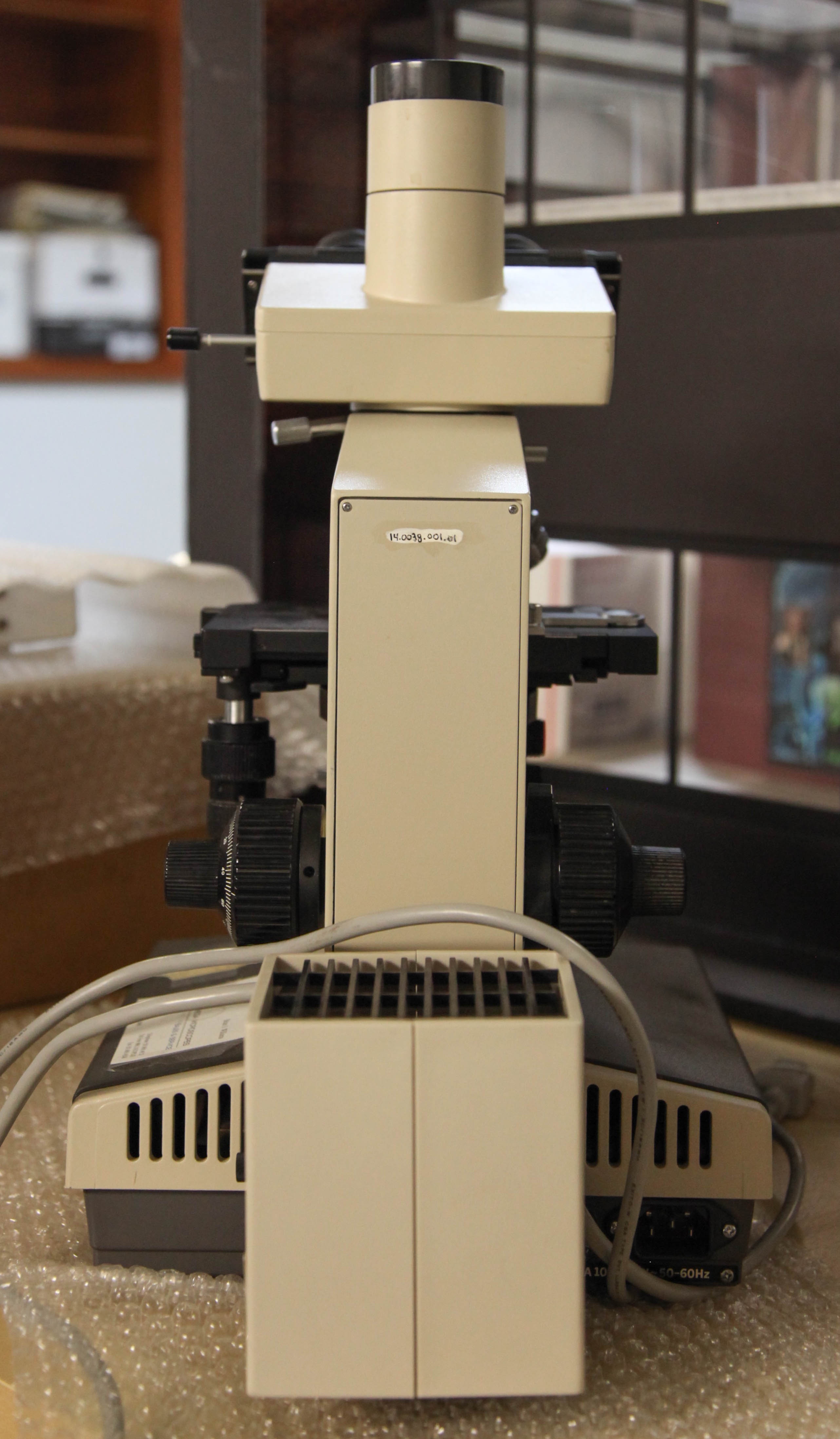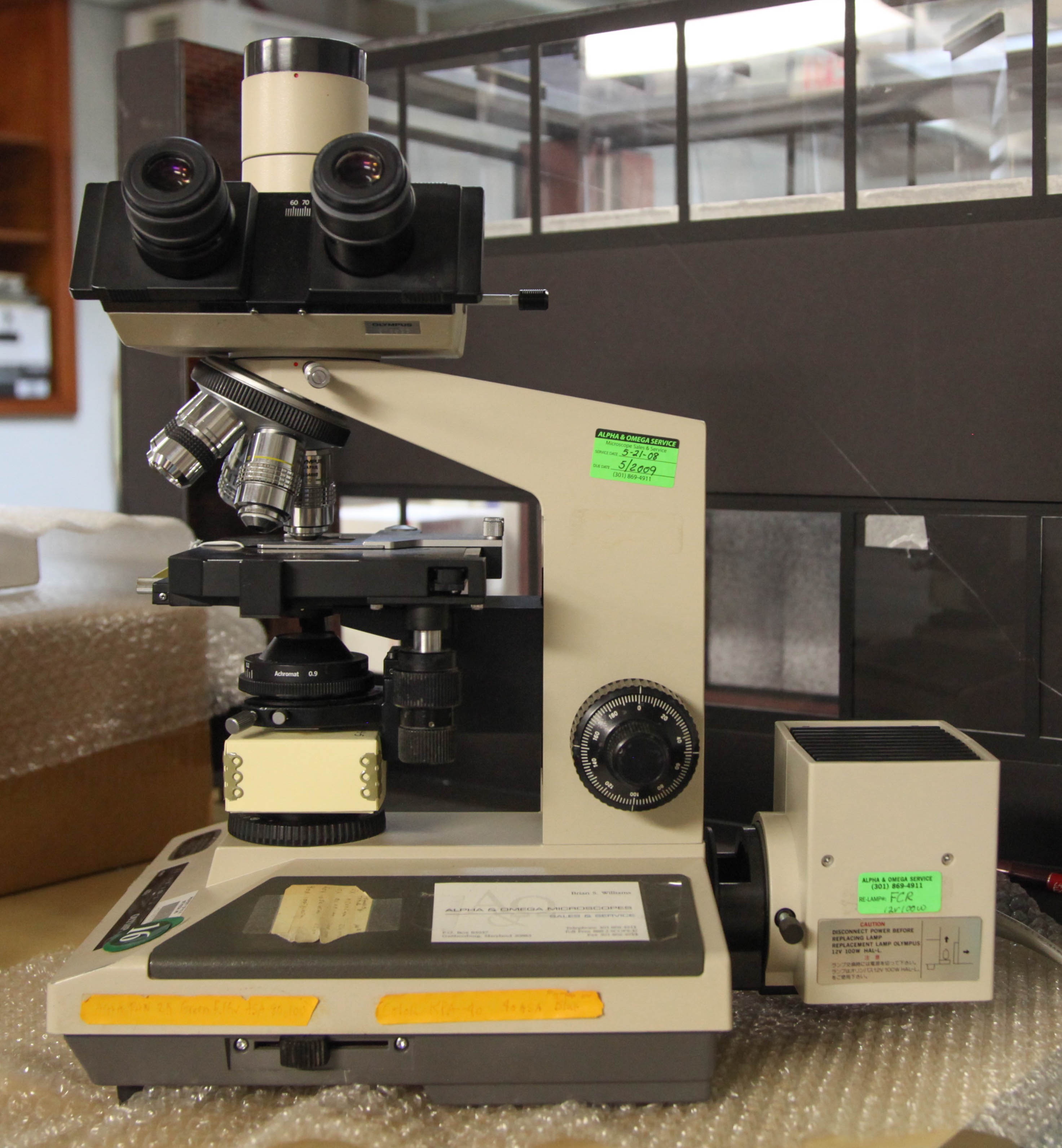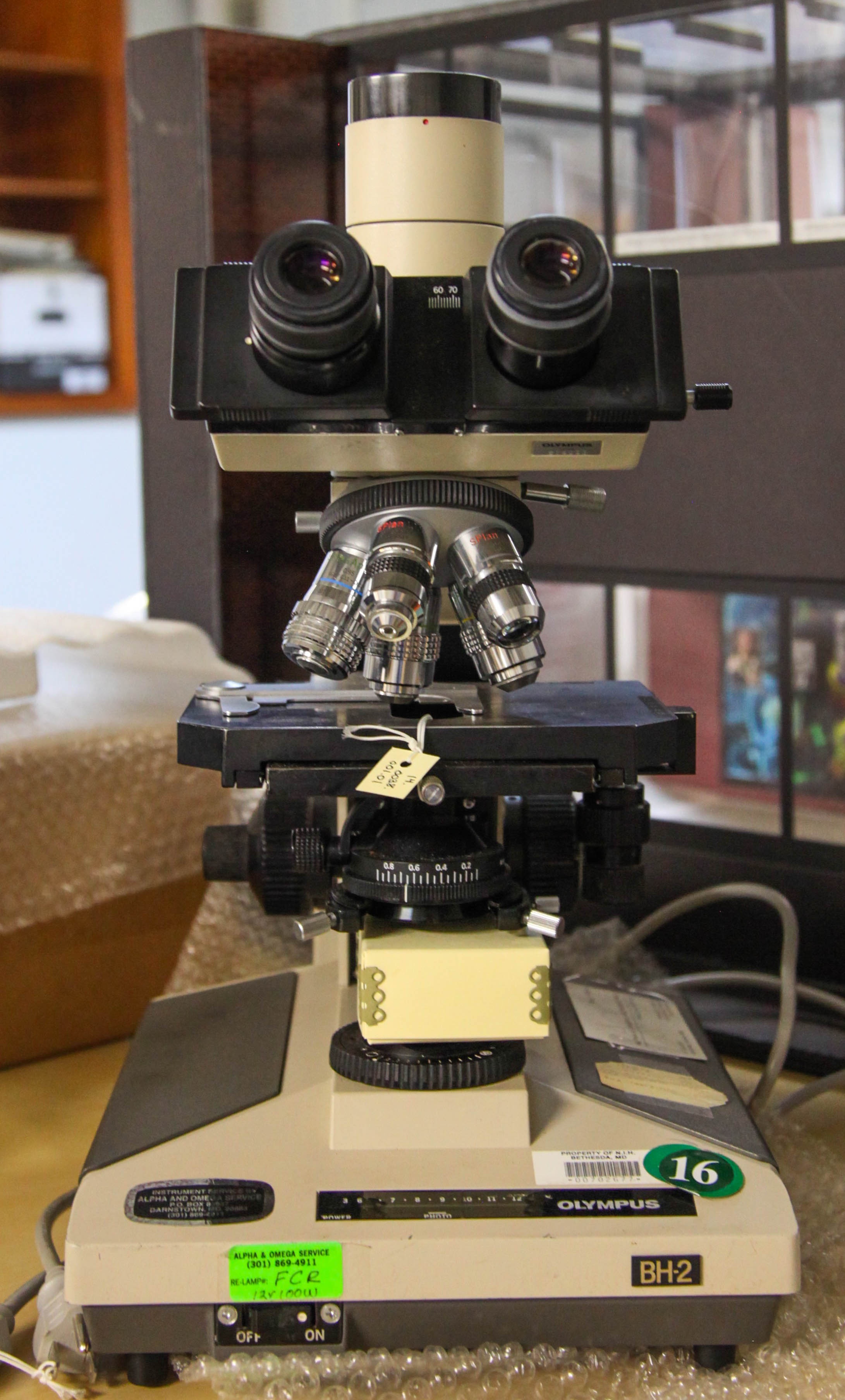...
| Dive | |||||||||||||||||||
|---|---|---|---|---|---|---|---|---|---|---|---|---|---|---|---|---|---|---|---|
| |||||||||||||||||||
|
...
Learn more about the BH-2 in this Olympus Microscope manual in pdf format, hosted on Alan Wood's website (7.43 MB)
Tumor cells
| Span | ||
|---|---|---|
| ||
| National Library of Medicine |
...
Potter was usually at his laboratory bench using this microscope. Shown are plasma cells with darkly stained nuclei. The clear spots next to the nucleus are perinuclear “hoffs” and are filled with newly synthesized protein, in this case, antibody.
| Span | ||
|---|---|---|
| ||
| Donated by Dr. Beverly Mock |
| Span | ||
|---|---|---|
| ||
| Donated by Dr. Beverly Mock |
| Span | ||
|---|---|---|
| ||
| Donated by Dr. Beverly Mock |
| Span | ||
|---|---|---|
| ||
| Donated by Dr. Beverly Mock |
...


